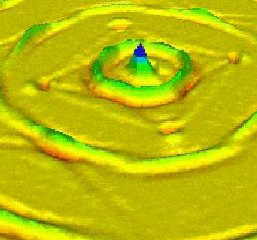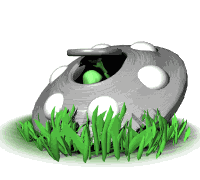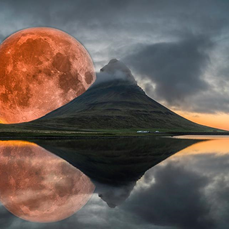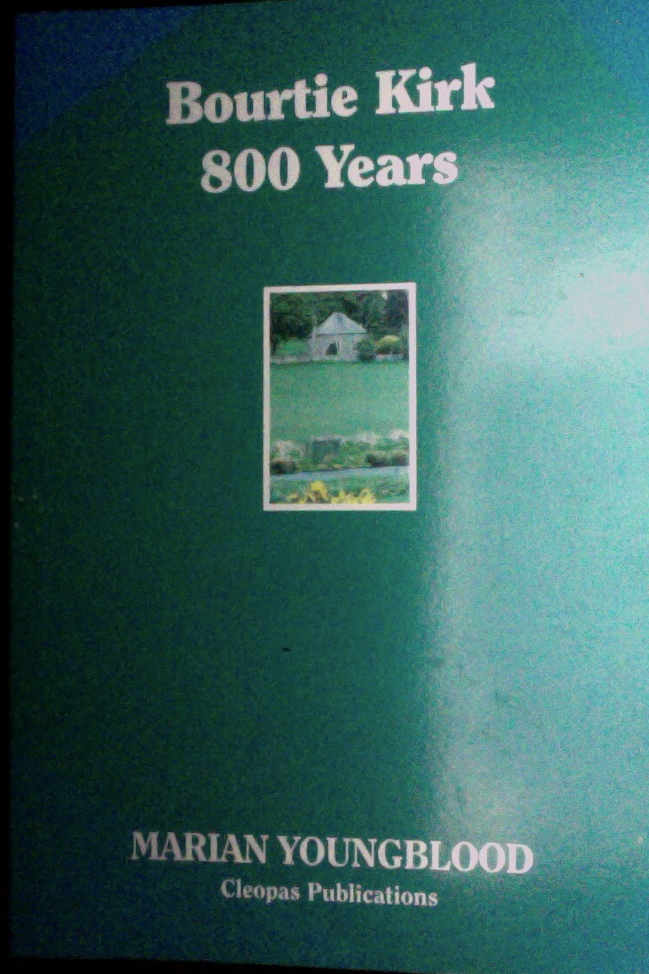The Scythian Connection—Eastern Scotland & Ireland Share Famous Firbolg Ancestors: Create First Scythian/Scots Race
THE SCYTHIAN CONNECTION—EASTERN SCOTLAND & IRELAND SHARE FAMOUS FIRBOLG ANCESTORS who SAILED BALTIC from THRACE to GAUL— CREATED FIRST SCYTHIAN/SCOTS RACE
RECENT FORENSIC/DIGITAL IMAGERY REVEALS CELTIC GENETIC ARCHETYPE
Sailing the Baltic from Ancient Thrace, Scythian Genes reach Belgic Gaul, Eire and Caledonia
According to Irish writers, the Picts, in their first progress to Ireland from Thrace, settled a colony in Gaul, and the tribes called Pictones, Pictavi in that country are descended from them. They also gave their name to Pictavia, Poitiers and the province of Poitou. From these Picts are descended the Vendeans of France.
It would appear that the Picts were Celtic-Scythian or a mixture of Celts and other branches of the Scythian family from the Caucasus, and spoke a dialect of the Celtic language.
The Caucasus mountains synchronously create the Euro-Asian mountain divide. How revealing.



Discovered 1997 in a cave in the Black Isle, Rosemarkie Man, above left—reconstruction based on forensic digital imagery and carbon dated A.D.430-630—shows remarkable “Caucasian” Nordic &/or Hispanic features. Perhaps he arrived in a boat of skins and wood like the Broighter, right, found in a gold hoard on a Kerry beach, at the entrance to Lough Foyle. Long journey from the Baltic. Even longer from ancient homelands on the Black Sea.
The original boat would have had nine benches for the rowers, with 18 oars/rowlocks, a long oar for steering at the stern, three forked barge poles, and a grappling iron or anchor and a mast. This is the kind of boat which traded in prehistoric seas between the Channel, North Sea, Mediterranean, Baltic and west mainland Europe—Celto-Belgic, Gaulish, Brittany decor share similarities. Scythian influence had them bringing back not only goods but also ideas, technologies and fashions.
Focus of the Broighter hoard, the gold boat has ancient symbolic meaning. As centre of a rich offering to sea god Manannán macLyr, it was placed by the sea shore on a raised beach leading to Lough Foyle.
The sea was, as it still is today, an unpredictable force.
Mythical Manannán ruled his otherworldly kingdom, riding out over the waves on his chariot. He is ultimate master mariner, impervious to the sea’s deadly turbulence. Early sailors were as superstitious as their descendants! Easy to understand why open boats like this would seek his help and protection.
Along with the delight of the boat itself, the gold objects found alongside were mostly imported from the Mediterranean, including two gold neck chains from the east—possibly Roman Egypt.
Setting out from above the Arctic Circle, Scythian Celts sailed south through the Baltic in ships like the (sacred gold) Broighter Boat, above right, navigating from Archangel or St Petersburg, Lübeck, Bergen, through the North Sea, via the English Channel, Guernsey to Brittany and N. Gaul; and from the Cornish coast to W. Ireland and North to Pictland.

Caledonian chiefs were provided with wives from among widows of slain Tuatha de Danaan by Milesian monarch Eremon, so Cruithneans became “possessed of North Britain & there founded the kingdom of the Picts which continued for many centuries until 9thC when conquered by Kinneth MacAlpin, king of Dalriadic Scots-Irish colony in Scotland.” Psalter of Cashel 10thC
Class-II Pictish carved stone Monymusk, Aberdeenshire left, late cross, stylized cauldron; Reliquary original home
Akkadian Indo-Euro script, over: Akkadian Cimmerians were culturally caucasian, similar to Scythians 1000B.C.
Big Guys with Quivers of Arrows, Renowned Harpists
Belgians were called in the Gaulish-Celtic language Bolg and Bolgach, hence Firbolgs, and Firvolgians; and by Roman writers Belgae, Belgii. Celtic Bolg means ‘quiver of arrows’—apparently they were great archers, although bolgach also signifies ‘corpulent’. So, visualize large men of stout size; celebrated for their bravery. they fought with great valour against the Romans, and were called Fortissimi Gallorum by Julius Caesar, ‘most valiant of the Gauls’.
Bolgs owned a huge landmass. (Roman) Gallia Belgica covered extensive territory stretching through Gaul and northern France, including present country of Belgium. They were divided into separate tribes or nations: Parisii, Rheni, Belovaci, Atrebates, Nervii, Morini, Menapii.
Belgians were a mixed race of Cimmerians and Germans, or a Gaul-Teuton mix like Cimbrians. Having adopted neighbour Germanic language, they were sometimes considered a Gothic or Teutonic race. They were chiefly Celts or Gaels, and spoke a dialect of the Celtic language in German/Teutonic.





Every Bolg Town a Firbolg Market Town
Wealth & status were shown (above) as desirable in prehistoric and early-medieval cultural art. Mithras, god of Rome’s fascination with war and sacrifice, top left Phrygian helmet worn by honored legionaries; sacred pinnacle of Roman foot soldier’s devotion and belief. Caledonians’ sacred symbols, middle, began long before Pictish (Class I & II) incised & relief stones, with fields of Buchan littered with granite carved stone balls-all designs-c.3000B.C. In pre-Christian Scotland, early Class-I boundary stone at Drimmies, Inverurie ABD rt. in situ missing top symbol, but flowing symbol, l.below, may indicate river Don—important waterway—stone’s throw away with feet of lost ‘arch’, mirror & comb c.f. Pictish Class-I symbol chart where symbols are locally identified, e.g. horse Inverurie; bull Burghead. Last pic: Bullion Class-II relief slab Angus, approx. same vintage as battle of Nechtansmere, c.685, example of late Pictish (royal) artisan-craft smithworking community attached to a large cultural centre. Old man on horse drinking unsteadily—classic Class-II relief, no symbols but great realism, both rider & horse.
Many centuries before the Christian era, the Belgians (Bolgs) of Gaul sent colonies to Britannia. When Caesar invaded Britain, 55B.C., they were a powerful people already possessing the southern part of England from Suffolk to Devonshire. Belgic tribes in South Britain included: Cantii in Kent, Trinobantes in Essex and Middlesex; Regini and Atrebates in Surrey, Sussex, Hampshire, Berkshire, Wiltshire and Somerset; the Durotriges in Dorsetshire, and the Damnonii in Devonshire and Cornwall. Their capital city was Venta Belgarum, (trans. Bolgs’ Market; Winchester).
The Caledonians, (Picts, or Cruithneans), according to 9thC Psalter of Cashel and other ancient annals, were an Indo-European race from Scythia on borders of Europe and Asia. According to Venerable Bede, writing in 7thC Ecclesiastical History of the English People, on their flight from Thrace/Scythia through the Baltic, via Finland, they made their way over the North Sea to S.Ireland—present Bay of Wexford. Not being permitted to settle at Inver Slainge, they sailed for Albain, Scotia, “that part of North Britain now called Scotland”.
While Scotland’s Caledonia is strewn with burgh markets, fairs and summertime food festivals celebrating local specialties, equivalent Welsh, Cornish, Brittonic (Saxon-English) market towns retain their Roman character (and in places, name Venta) around which Brit agriculture and livelihood was focused: e.g. Winchester Hampshire above, Gwent-on-Wye ‘Venta’ major market S.Wales.
In an historical context, Chepstow’s Welsh name, Caes Gwent, castle of Venta, Roman ‘market place’, shows how ancient are its roots and significant its position on the confluence of the river Wye (over which the 11thC Castle of Gwent still towers) with the Severn’s great tidal estuary which eventually flows into the Bristol Channel and the Atlantic Ocean. This is southern heartland of ancient (pre-Celtic) Brythonic kingdom, where ancient Britons spoke a dialect understood by other Britons of Prydein–Roman Britannia. Their language was understood over the water-bridge in Brittany, throughout Cornwall, Isle of Man, Rheged (ancient Cumbria), Dumbarton and Strathclyde (Dun-Britton), Brigantia (Yorkshire and Northumberland) and northern Pictland (Prydein). Their ancient monuments, aligned with the movements of the heavens and dedicated to their ancestral dead, were generations older than Stonehenge. Avebury’s great circle is their nearest relative in design and in time. As are the stone balls.
Nation of Shopkeepers Come Thru with Aid when Chips are Down


Pre-Celtic waterways like great tidal Severn estuary, left, combine ancient travel route, with Roman market town, and modern shipping canal. CaerGwent=Chepstow from Roman Venta & Gaulish Brythonic Caer castle holds ancient custodianship over River Wye, Wales, & Atlantic waters
Weren’t you wondering when the Scythian connection would penetrate?
Yes, the blue&yellow flag flying over valleys between the Caucasus and the Black Sea—Ukraine. That’s where our Scythian gene comes from. That’s the cross-Caucasus Asian-Euro mix that confounds any division, brings a HUGE international so-called Caucasian alliance to front & center. You thought DNA & ancestral genealogy research were dominated by Viking-Norse? Re-think: Caucasus wins hands down.
The French—never great buddies with the English [contra the Cruithne aka 16thC Auld Alliance MQS, French court language insinuating its way into Scots]*—are reputed to be origin of uncomplimentary Brit shopkeeper comments—more likely attribution to Napoleon who really didn’t like them. Mixing metaphors here, shopping seems to have unforeseen cultural advantages in breaking barriers—like big personally-driven overseas deliveries from Bradford, Liverpool with the Euro-consortium Médecins sans frontières, and Poland and Finland loaning military equipment normally used for rescue. Shopkeepers adding groceries to growing international rescue mission for refugees score top marks for volunteering.
*Local Scots understand French imports like golf caddy (cadet, young boy), and colloquial ‘loo’ (‘gardez l’eau’) as maid throws bucket of water into Edinburgh street below—16thC—no plumbing.
Writing our Way Out of A Situation is Good (Insecure) Writers’ Cave Advice
In Ukraine, the horse is a symbol of loyalty, devotion and freedom. They still have wolf and auroch (exist in wild) symbols of fertility and strength. Crane symbolizes sadness for their native land. And they tell ancient stories of angels and dragons, like other border communities. They share mythical gods of ocean and mountains with other cultures like Brythonic Bride. Shakespeare even wrote King Lear to satisfy his craving for mythical tales of ancestral gods. Rashly, Scythians calculate Gregorian calendar now along with Western world countries celebrating Easter a month late, a dislocated Ramadan and dislodged Carnival, with a slew of social media reels to cover their trail.
A Doric Northeast Scotland (Cruithne) calendar calculation rhyme for Easter should keep us on local track with the ‘fit like’ dialect. Spoken to me at the Back o’ Bennachie, by a born-‘n’-bred Insch quine with full intonation—Picts, Scots Irish & adoptive Brit-Scythian-Thracians might like to try it.

Fit like?
‘First come Candlemas
Syne the New Meen
The niest Tiseday efter ‘at
Is aye Festern’s E’en.
That Meen oot
An’ anither at its hicht
The niest Sunday efter ‘at
Is aye Pasche richt.’
Ancient Scots Easter calculation. Anon
We in our Writer’s Cave send what we can: support comes in many guises. Gotta get out the Scythian dictionary. Or maybe, like the Doric of N.E.Scotland above Pictish throwback medieval Cruithne dialect (fit like translates as how are you); or Edinburgh’s insider French from a Parisian courtly ‘close’ [passageway], we will probably keep on keeping on.
©2022 Marian Youngblood
No comments yet.












Leave a comment